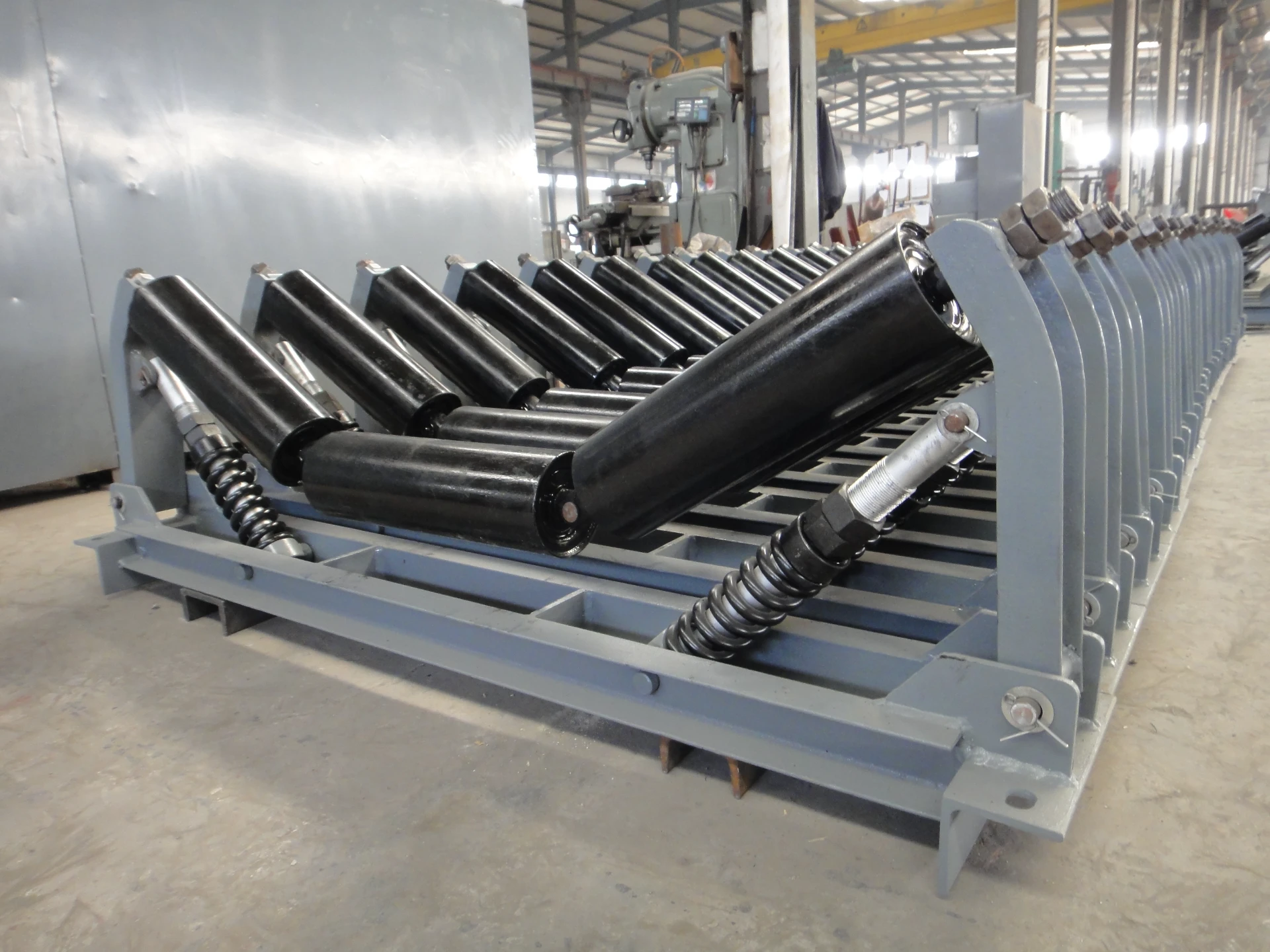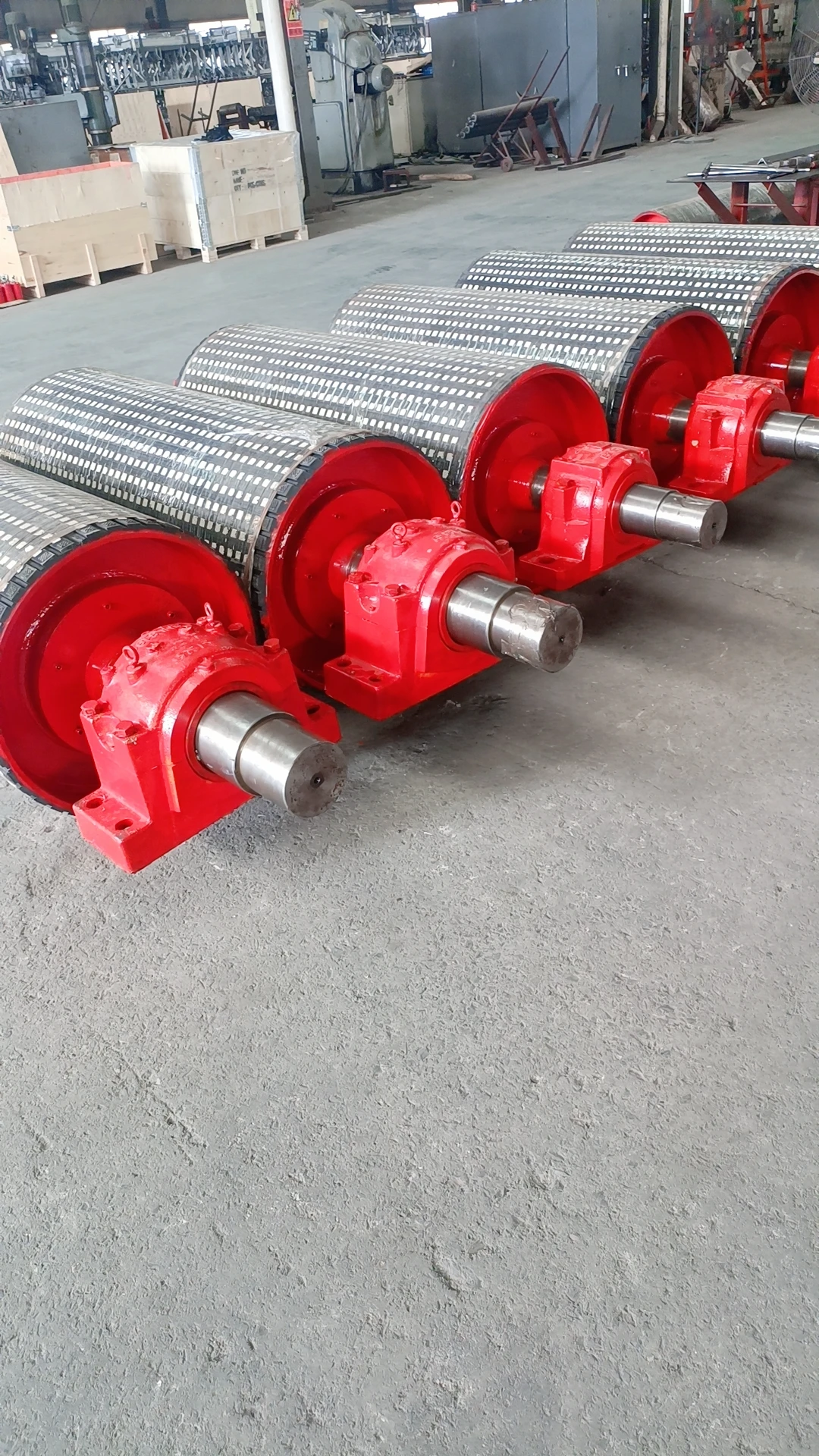 Afrikaans
Afrikaans  Albanian
Albanian  Amharic
Amharic  Arabic
Arabic  Armenian
Armenian  Azerbaijani
Azerbaijani  Basque
Basque  Belarusian
Belarusian  Bengali
Bengali  Bosnian
Bosnian  Bulgarian
Bulgarian  Catalan
Catalan  Cebuano
Cebuano  Corsican
Corsican  Croatian
Croatian  Czech
Czech  Danish
Danish  Dutch
Dutch  English
English  Esperanto
Esperanto  Estonian
Estonian  Finnish
Finnish  French
French  Frisian
Frisian  Galician
Galician  Georgian
Georgian  German
German  Greek
Greek  Gujarati
Gujarati  Haitian Creole
Haitian Creole  hausa
hausa  hawaiian
hawaiian  Hebrew
Hebrew  Hindi
Hindi  Miao
Miao  Hungarian
Hungarian  Icelandic
Icelandic  igbo
igbo  Indonesian
Indonesian  irish
irish  Italian
Italian  Japanese
Japanese  Javanese
Javanese  Kannada
Kannada  kazakh
kazakh  Khmer
Khmer  Rwandese
Rwandese  Korean
Korean  Kurdish
Kurdish  Kyrgyz
Kyrgyz  Lao
Lao  Latin
Latin  Latvian
Latvian  Lithuanian
Lithuanian  Luxembourgish
Luxembourgish  Macedonian
Macedonian  Malgashi
Malgashi  Malay
Malay  Malayalam
Malayalam  Maltese
Maltese  Maori
Maori  Marathi
Marathi  Mongolian
Mongolian  Myanmar
Myanmar  Nepali
Nepali  Norwegian
Norwegian  Norwegian
Norwegian  Occitan
Occitan  Pashto
Pashto  Persian
Persian  Polish
Polish  Portuguese
Portuguese  Punjabi
Punjabi  Romanian
Romanian  Russian
Russian  Samoan
Samoan  Scottish Gaelic
Scottish Gaelic  Serbian
Serbian  Sesotho
Sesotho  Shona
Shona  Sindhi
Sindhi  Sinhala
Sinhala  Slovak
Slovak  Slovenian
Slovenian  Somali
Somali  Spanish
Spanish  Sundanese
Sundanese  Swahili
Swahili  Swedish
Swedish  Tagalog
Tagalog  Tajik
Tajik  Tamil
Tamil  Tatar
Tatar  Telugu
Telugu  Thai
Thai  Turkish
Turkish  Turkmen
Turkmen  Ukrainian
Ukrainian  Urdu
Urdu  Uighur
Uighur  Uzbek
Uzbek  Vietnamese
Vietnamese  Welsh
Welsh  Bantu
Bantu  Yiddish
Yiddish  Yoruba
Yoruba  Zulu
Zulu Feb . 11, 2025 16:00
Back to list
head pulley and tail pulley
In the realm of conveyor systems, components like head and tail pulleys play a pivotal role in ensuring smooth operation and reliability. Understanding their function and importance can greatly enhance the efficiency and longevity of your conveyor setup. This article delves into these critical conveyor system components, drawing upon real-world experience, industry expertise, and evidence-based insights to demonstrate their significance and optimal maintenance strategies.
Based on industry expertise, it's recommended that operators also focus on the pulley lagging material. Proper selection and maintenance of lagging can enhance pulley performance significantly. Ceramic lagging, for example, is noted for providing excellent grip and is particularly beneficial in wet or dusty conditions, greatly reducing the risk of belt slippage. For professionals in the conveyor industry, familiarity with advancements in pulley technology is advantageous. Recent innovations include self-cleaning pulleys, which help in environments prone to material buildup, and high-tension pulleys that cater to the growing demand for high-load applications. These innovations underscore the trend towards increasing operational efficiency and minimizing downtime. Authoritativeness in conveyor systems is demonstrated by adhering to industry standards and leveraging data from trusted sources. Engaging with credible suppliers who offer verification and certifications for head and tail pulleys is an effective strategy. These certifications often reflect quality assurance, providing peace of mind regarding product reliability and safety. Furthermore, a trustworthy approach to selecting head and tail pulleys involves consulting with manufacturers or experts who can offer tailored advice based on specific operational requirements. Such consultations not only inform decisions but also foster strong supplier relationships, ensuring that any support needed post-purchase is readily available. In conclusion, head and tail pulleys are indispensable in the efficient and reliable operation of conveyor systems. By leveraging real-world experience, embracing technological advancements, and consulting with authoritative sources, operators can ensure optimal performance and longevity of their conveyor systems. Proper selection, alignment, and maintenance of these components are key to maximizing operational efficiency and reducing costs, ultimately contributing to a more productive and profitable business operation.


Based on industry expertise, it's recommended that operators also focus on the pulley lagging material. Proper selection and maintenance of lagging can enhance pulley performance significantly. Ceramic lagging, for example, is noted for providing excellent grip and is particularly beneficial in wet or dusty conditions, greatly reducing the risk of belt slippage. For professionals in the conveyor industry, familiarity with advancements in pulley technology is advantageous. Recent innovations include self-cleaning pulleys, which help in environments prone to material buildup, and high-tension pulleys that cater to the growing demand for high-load applications. These innovations underscore the trend towards increasing operational efficiency and minimizing downtime. Authoritativeness in conveyor systems is demonstrated by adhering to industry standards and leveraging data from trusted sources. Engaging with credible suppliers who offer verification and certifications for head and tail pulleys is an effective strategy. These certifications often reflect quality assurance, providing peace of mind regarding product reliability and safety. Furthermore, a trustworthy approach to selecting head and tail pulleys involves consulting with manufacturers or experts who can offer tailored advice based on specific operational requirements. Such consultations not only inform decisions but also foster strong supplier relationships, ensuring that any support needed post-purchase is readily available. In conclusion, head and tail pulleys are indispensable in the efficient and reliable operation of conveyor systems. By leveraging real-world experience, embracing technological advancements, and consulting with authoritative sources, operators can ensure optimal performance and longevity of their conveyor systems. Proper selection, alignment, and maintenance of these components are key to maximizing operational efficiency and reducing costs, ultimately contributing to a more productive and profitable business operation.
Next:
Latest news
-
Revolutionizing Conveyor Reliability with Advanced Rubber Lagging PulleysNewsJul.22,2025
-
Powering Precision and Durability with Expert Manufacturers of Conveyor ComponentsNewsJul.22,2025
-
Optimizing Conveyor Systems with Advanced Conveyor AccessoriesNewsJul.22,2025
-
Maximize Conveyor Efficiency with Quality Conveyor Idler PulleysNewsJul.22,2025
-
Future-Proof Your Conveyor System with High-Performance Polyurethane RollerNewsJul.22,2025
-
Driving Efficiency Forward with Quality Idlers and RollersNewsJul.22,2025
OUR PRODUCTS





























